James Rebelo @johnnydrones
Hey guys, I’m James Rebelo, a current Junior at the University of Maryland, dog lover, and Drone Post editor. I love technology, and started tinkering with it at a young age. After destroying a couple family computers, I built my first computer when I was 12. This later faded off and led into working and fiddling with bigger toys like cars and motorcycles. I was ever your typical computer geek though, sports was my main priority and soccer was my only love for a long time. I guess you guys can kind of see how drones have peaked my interest, I find them extremely fascinating from a tech standpoint and would love to build one for myself one day. I believe the typical drone hobbyist is a harmless user but when the drones get in the hands of irresponsible youths and unskilled operators, issues arise. I also see more and more drones being registered as more and more hit the market, creating competition and dropping prices. Also, as more and more info gets out there about piecing these things together, the more likely average Joe can assemble one. As better parts develop and people share information these drones will fly further, faster, higher, and with more precision. Although, we face a multitude of different societal issues right now, we cannot ignore the issue of drones, we need to regulate this immediately before the problem becomes unmanageable.
I was 12. This later faded off and led into working and fiddling with bigger toys like cars and motorcycles. I was ever your typical computer geek though, sports was my main priority and soccer was my only love for a long time. I guess you guys can kind of see how drones have peaked my interest, I find them extremely fascinating from a tech standpoint and would love to build one for myself one day. I believe the typical drone hobbyist is a harmless user but when the drones get in the hands of irresponsible youths and unskilled operators, issues arise. I also see more and more drones being registered as more and more hit the market, creating competition and dropping prices. Also, as more and more info gets out there about piecing these things together, the more likely average Joe can assemble one. As better parts develop and people share information these drones will fly further, faster, higher, and with more precision. Although, we face a multitude of different societal issues right now, we cannot ignore the issue of drones, we need to regulate this immediately before the problem becomes unmanageable.
Jennifer Hupman @cehupman
 Hey y’all, I’m Jennifer. I recently started my junior year at the University of Maryland at Shady Grove. I am a lover of all things coffee, brunching, reality tv, and wearing yoga pants. While my hobbies and interests are basic, my passion for drones is not. Drones, or unmanned aerial vehicles (UAVs), are revolutionizing and changing how the world operates today. They can be used in many different industries for just about anything. In fact, it’s hard to imagine an industry that hasn’t been affected by drone use. With companies spending a lot of money on drone research and development, it’s easy to understand how they have become a new part of our everyday lives. As with most technology, there aren’t clear cut regulations and laws set in place. Here, we will discuss the growing drone industry and the issues that go along with it. We will focus on the recreational, business, military, and media use to debate the pros and cons of each field.
Hey y’all, I’m Jennifer. I recently started my junior year at the University of Maryland at Shady Grove. I am a lover of all things coffee, brunching, reality tv, and wearing yoga pants. While my hobbies and interests are basic, my passion for drones is not. Drones, or unmanned aerial vehicles (UAVs), are revolutionizing and changing how the world operates today. They can be used in many different industries for just about anything. In fact, it’s hard to imagine an industry that hasn’t been affected by drone use. With companies spending a lot of money on drone research and development, it’s easy to understand how they have become a new part of our everyday lives. As with most technology, there aren’t clear cut regulations and laws set in place. Here, we will discuss the growing drone industry and the issues that go along with it. We will focus on the recreational, business, military, and media use to debate the pros and cons of each field.
Javaria Javed @jjaved17
 Hi, I’m Javaria Javed. I’m a firm believer of personal security. Imagine sitting in your backyard having a good time with your family when you see a drone flying above your house. Without knowing who could be taking pictures of you in your most private moments, how are you to feel safe? Drones need to be used responsibly and in some cases, like in the military, they’re necessary. However, letting just anybody buy and use a drone can be potentially dangerous. Privacy is getting harder and harder to obtain as technology advances. We can protect our privacy by regulating the use of drones.
Hi, I’m Javaria Javed. I’m a firm believer of personal security. Imagine sitting in your backyard having a good time with your family when you see a drone flying above your house. Without knowing who could be taking pictures of you in your most private moments, how are you to feel safe? Drones need to be used responsibly and in some cases, like in the military, they’re necessary. However, letting just anybody buy and use a drone can be potentially dangerous. Privacy is getting harder and harder to obtain as technology advances. We can protect our privacy by regulating the use of drones.
Michael Umberger @dronephone
My name is Michael Umberger, I am a Drone Post editor and senior at the University of Maryland. When I first started learning about drones I was in high school. The first one I ever flew or saw in action was called Air hogs. These small little drones or helicopters could fit in the palm of your hand and could be flown inside or outside. Once drones became a popular item to have they started to evolve. Fast forward to today and drones are being purchase to use for a hobby or business use all over the world. They became a problem in the last years due to privacy and government conflict. Some of these d rones have HD cameras connected to them, which has led to security issues. People can see things that they weren’t able to do before and it also opens a window for people to view things that are not meant to be seen such as government buildings/property, and more importantly military bases and restricted areas.This draws a lot of controversy topics such as recreational use of drones and their laws, plus the use of drones for business and military use. Drones also seem to make a huge impact on media. In my opinion everyone should be able to own and operate a drone at their own discretion. Since this product can reach places that some people aren’t allowed to go, there has to be some laws in place for recreational use. If drones help businesses and media do their job efficiently and effectively, then there should be no problem for them to use them in their everyday business. Like anything, there needs to be rules and regulations in place to allow everyone to have fun or do business with drones.
rones have HD cameras connected to them, which has led to security issues. People can see things that they weren’t able to do before and it also opens a window for people to view things that are not meant to be seen such as government buildings/property, and more importantly military bases and restricted areas.This draws a lot of controversy topics such as recreational use of drones and their laws, plus the use of drones for business and military use. Drones also seem to make a huge impact on media. In my opinion everyone should be able to own and operate a drone at their own discretion. Since this product can reach places that some people aren’t allowed to go, there has to be some laws in place for recreational use. If drones help businesses and media do their job efficiently and effectively, then there should be no problem for them to use them in their everyday business. Like anything, there needs to be rules and regulations in place to allow everyone to have fun or do business with drones.
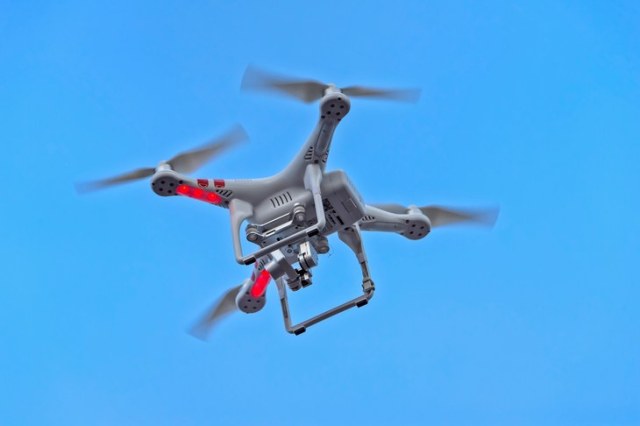

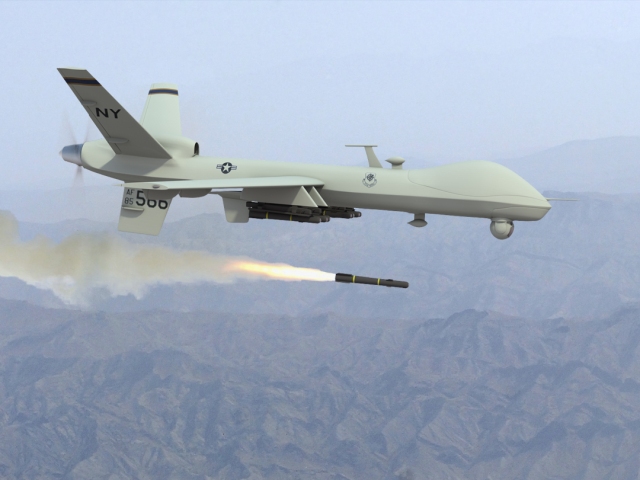
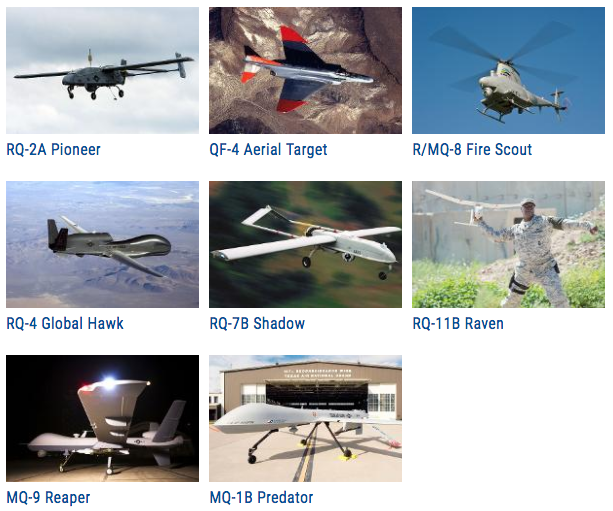
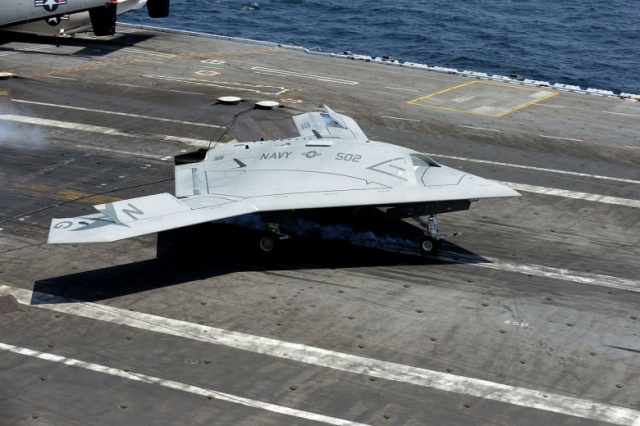
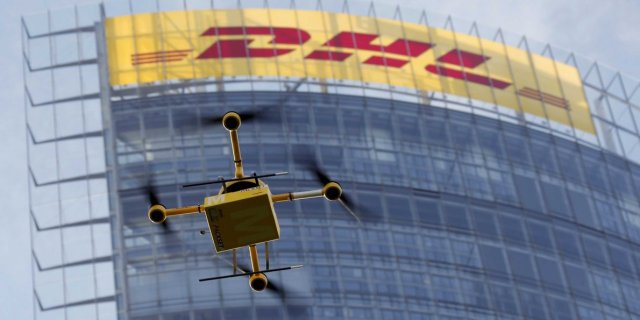



 I was 12. This later faded off and led into working and fiddling with bigger toys like cars and motorcycles. I was ever your typical computer geek though, sports was my main priority and soccer was my only love for a long time. I guess you guys can kind of see how drones have peaked my interest, I find them extremely fascinating from a tech standpoint and would love to build one for myself one day. I believe the typical drone hobbyist is a harmless user but when the drones get in the hands of irresponsible youths and unskilled operators, issues arise. I also see more and more drones being registered as more and more hit the market, creating competition and dropping prices. Also, as more and more info gets out there about piecing these things together, the more likely average Joe can assemble one. As better parts develop and people share information these drones will fly further, faster, higher, and with more precision. Although, we face a multitude of different societal issues right now, we cannot ignore the issue of drones, we need to regulate this immediately before the problem becomes unmanageable.
I was 12. This later faded off and led into working and fiddling with bigger toys like cars and motorcycles. I was ever your typical computer geek though, sports was my main priority and soccer was my only love for a long time. I guess you guys can kind of see how drones have peaked my interest, I find them extremely fascinating from a tech standpoint and would love to build one for myself one day. I believe the typical drone hobbyist is a harmless user but when the drones get in the hands of irresponsible youths and unskilled operators, issues arise. I also see more and more drones being registered as more and more hit the market, creating competition and dropping prices. Also, as more and more info gets out there about piecing these things together, the more likely average Joe can assemble one. As better parts develop and people share information these drones will fly further, faster, higher, and with more precision. Although, we face a multitude of different societal issues right now, we cannot ignore the issue of drones, we need to regulate this immediately before the problem becomes unmanageable.
 Hi, I’m Javaria Javed. I’m a firm believer of personal security. Imagine sitting in your backyard having a good time with your family when you see a drone flying above your house. Without knowing who could be taking pictures of you in your most private moments, how are you to feel safe? Drones need to be used responsibly and in some cases, like in the military, they’re necessary. However, letting just anybody buy and use a drone can be potentially dangerous. Privacy is getting harder and harder to obtain as technology advances. We can protect our privacy by regulating the use of drones.
Hi, I’m Javaria Javed. I’m a firm believer of personal security. Imagine sitting in your backyard having a good time with your family when you see a drone flying above your house. Without knowing who could be taking pictures of you in your most private moments, how are you to feel safe? Drones need to be used responsibly and in some cases, like in the military, they’re necessary. However, letting just anybody buy and use a drone can be potentially dangerous. Privacy is getting harder and harder to obtain as technology advances. We can protect our privacy by regulating the use of drones.  rones have HD cameras connected to them, which has led to security issues. People can see things that they weren’t able to do before and it also opens a window for people to view things that are not meant to be seen such as government buildings/property, and more importantly military bases and restricted areas.This draws a lot of controversy topics such as recreational use of drones and their laws, plus the use of drones for business and military use. Drones also seem to make a huge impact on media. In my opinion everyone should be able to own and operate a drone at their own discretion. Since this product can reach places that some people aren’t allowed to go, there has to be some laws in place for recreational use. If drones help businesses and media do their job efficiently and effectively, then there should be no problem for them to use them in their everyday business. Like anything, there needs to be rules and regulations in place to allow everyone to have fun or do business with drones.
rones have HD cameras connected to them, which has led to security issues. People can see things that they weren’t able to do before and it also opens a window for people to view things that are not meant to be seen such as government buildings/property, and more importantly military bases and restricted areas.This draws a lot of controversy topics such as recreational use of drones and their laws, plus the use of drones for business and military use. Drones also seem to make a huge impact on media. In my opinion everyone should be able to own and operate a drone at their own discretion. Since this product can reach places that some people aren’t allowed to go, there has to be some laws in place for recreational use. If drones help businesses and media do their job efficiently and effectively, then there should be no problem for them to use them in their everyday business. Like anything, there needs to be rules and regulations in place to allow everyone to have fun or do business with drones. or brought on a new generation of warfighter, the Predator Drone, whose media attention facilitated it’s entrance into the consumer market. Hobbyists soon started creating their own drones, some marketed towards military contractors for big bucks while others were cheaply manufactured in China for hundreds. In traditional economic fashion, the latter
or brought on a new generation of warfighter, the Predator Drone, whose media attention facilitated it’s entrance into the consumer market. Hobbyists soon started creating their own drones, some marketed towards military contractors for big bucks while others were cheaply manufactured in China for hundreds. In traditional economic fashion, the latter een .5 and 55 pounds during take-off have to be registered with the FAA (its only $5). In just two short months over 325,000 drones were registered (thats more than the number of manned aircraft registered in the U.S.) and the agency projects this number to hit 7,000,000 by 2020. This spike will undoubtedly be the spur of a plethora of issues, so sit back, relax, and watch the future age of ethical and social issues in our nation (and worldwide) unfold.
een .5 and 55 pounds during take-off have to be registered with the FAA (its only $5). In just two short months over 325,000 drones were registered (thats more than the number of manned aircraft registered in the U.S.) and the agency projects this number to hit 7,000,000 by 2020. This spike will undoubtedly be the spur of a plethora of issues, so sit back, relax, and watch the future age of ethical and social issues in our nation (and worldwide) unfold.